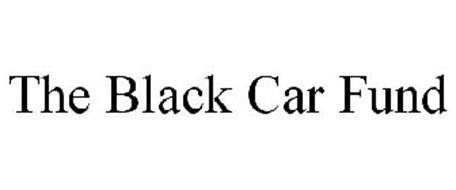

And while not exactly an emotion, red has also been shown to stimulate appetite (which is why you see it in many food and restaurant logos). Thus today we associate that color with heightened emotion, including love, sex, anger and passion.

It developed a strong evolutionary meaning as well: when they’re emotional (either with anger or passion), human faces turn red. Scientists theorize that humans evolved the ability to see red better than other colors because it allowed us to more easily identify fruits growing on trees. Red is the first color that babies can see (besides black and white). More mature, classic, or serious? Red may not be for you. Is your brand loud, playful, youthful, or modern? Think red. It draws attention and makes you stand out from the crowd. Red is the universal sign of excitement, passion and anger.
#Black find my logo how to#
How to choose logo colors that stand out from the competition. We’ve used their research (and others’) to come up with a definitive list of what logo colors actually tell potential clients. So yes, yellow will make your brand look youthful and approachable, but a green logo doesn’t inherently make customers think your brand is peaceful. Researchers Lauren Labrecque and George Milne looked into that question and found that some colors have a measurable impact on consumers and others don’t. But do these logo color “rules” really mean anything in business and branding? Yellow is cheerful (because the sun is bright and yellow!) and green is calming (like laying in the grass and looking up at a bunch of leaves is peaceful). Illustration by OrangeCrushĮveryone has heard of color psychology, which tells us that colors impact our emotions and behaviors. And, as you might guess, the wrong combination can have the reverse effect. Choosing the right logo colors can highlight your business’ strengths and help you attract the right customers.






 0 kommentar(er)
0 kommentar(er)
